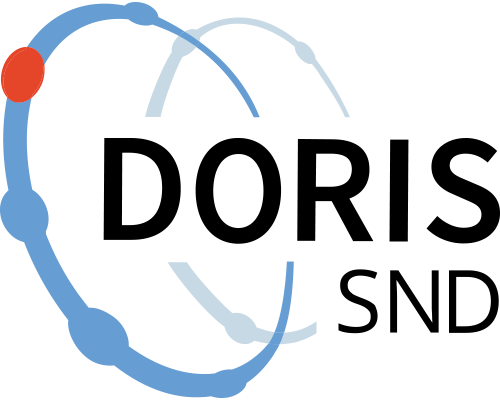GIS-material for the archaeological project: A flat-grave cemetery from the Late Bronze and Early Iron Age in Vikbolandet
The information in the abstract is translated from the archaeological report: Due to construction of three houses, the Swedish National Heritage Board's contract archaeology division, UV Öst, performed an excavation of a flat-grave cemetery in Vikbolandet east of Norrköping. The cemetery is now delimited to the north, south and east while its borders to the west and north-west are located outside the investigation area and thus not established. A total of 190 cremation graves were excavated. 151 individuals were identified, of which 36 infants and adolescents. Three graves consisted of double burials. Most of the graves were urn pits with deposits of pyre debris, but other forms of burial customs such as bone pits, urn pits with no pyre remains and cremations laid directly on the ground surface were also identified. The graves contained several features such as covering stones, bottom stones, stone fills and thick layers of soot and charcoal. Some of the graves wore signs of having been marked above ground. The finds consisted mainly of pottery and resin from bark boxes, but also bear claws, the remains of a sickle, bone needles, a couple of highly damaged bronze items and a few quartz or other rock artefacts were found. Purpose: The information in the purpose is translated from the archaeological report: The aim of the excavation was to examine the relation between the flat-grave cemetery and the adjacent Late Iron Age burial ground RAÄ 133 and other archaeological sites nearby; to determine for how long the flat-grave cemetery has been used and whether it was later replaced by RAÄ 133; to make an osteologic analysis of the burnt bones to see what the they can reveal about the cemetery's structure, and to investigate whether the construction details or burial customs can reveal anything about the social status of the graves. The ZIP file consist of GIS files and an Access database with information about the excavations, findings and other metadata about the archaeological survey.
Data files
Data files
Documentation files
Documentation files
Citation and access
Citation and access
Method and outcome
Method and outcome
Data collection - Field observation
Data collection - Field observation
Geographic coverage
Geographic coverage
Administrative information
Administrative information
Topic and keywords
Topic and keywords
Relations
Relations
Versions
Versions
Metadata
Metadata
Versions
Versions
